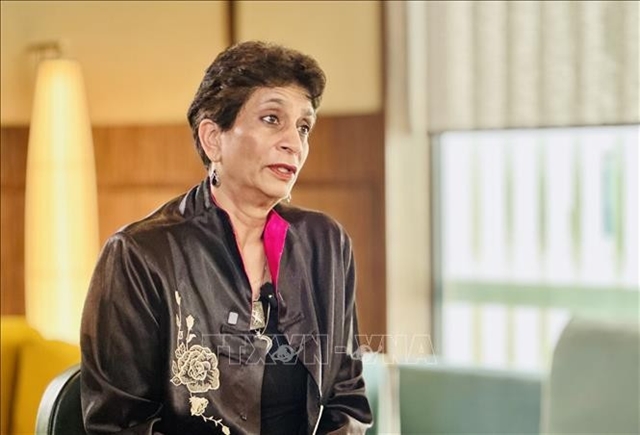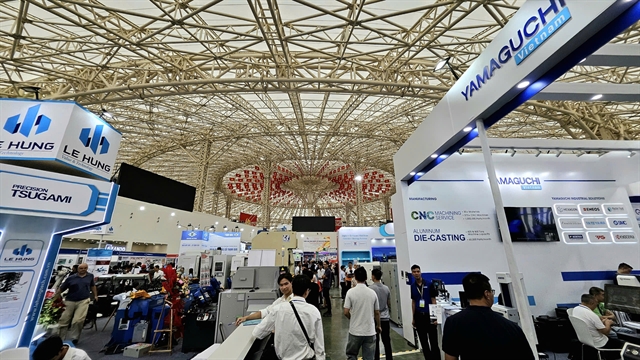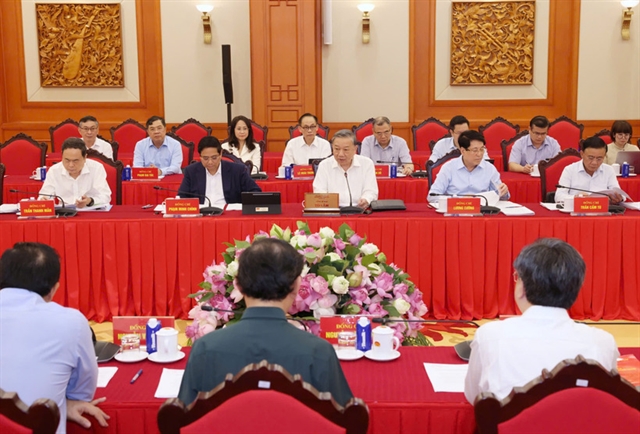 Opinion
Opinion
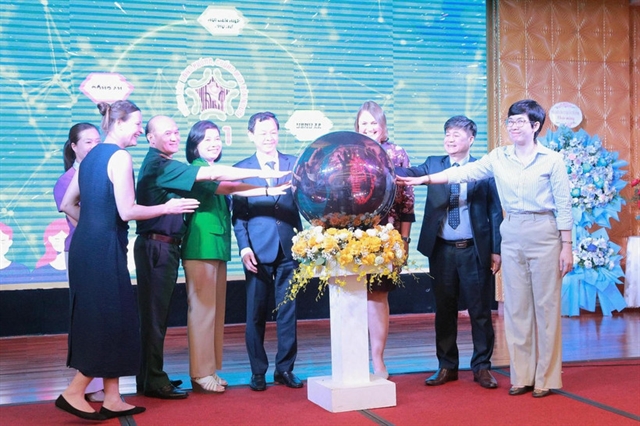
Nguyễn Tân Thịnh, deputy director of the Department of Public Asset Management under the Ministry of Finance, speaks to Vietnamnet online about the future sanctioning mechanism regarding public wastage.
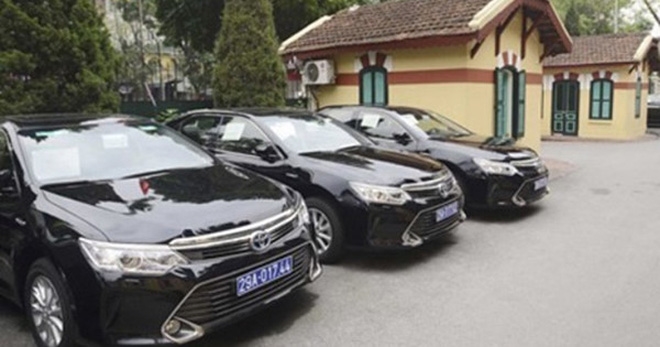 |
| It was reported that Việt Nam now has about 7,000 excess public cars. — Photo cafef.vn |
Nguyễn Tân Thịnh, deputy director of the Department of Public Asset Management under the Ministry of Finance, speaks to Vietnamnet online about the future sanctioning mechanism regarding public wastage.
It was reported that Việt Nam now has about 7,000 excess public cars. Yet, more recently, quite a few ministries and localities have purchased another 600 new cars. How do you respond?
The 7,000 excess public cars are the consequence of old and new norms outlined by the Government.
In late 2015, the Prime Minister issued Decree No 32 on the criteria for using public vehicles. According to Decree No 32, an inventory of public cars was conducted, and 7,000 cars were classified as excessive.
Referring to the 600 new vehicles bought in 2015, I would say that they didn’t violate the Law on Public Procurement because Decree No 32 was issued late in 2015.
However, in analysing the use of public cars in the country, we have noted many cases in which the cars were misused. For example, many people have used the cars for personal purposes, like going to wedding parties or festivals and others. In some offices and agencies, the number of cars has surpassed the quota they were given. In such cases, office and agency heads have to take responsibility for the misuse and management of public assets.
Would you please elaborate on the misuse of public assets in general?
The definition of public assets in Việt Nam is very broad. Under our Constitution, land and natural resources as well as public assets financially invested by the State are all described as public assets. Ownership and management of these assets belong to no one but the Government.
Generally speaking, we have eight groups of public assets. They include public vehicles, public buildings, factories (including equipment and facilities inside), infrastructure assets and others.
I have to concede that the misuse of public assets is quite rampant in Việt Nam. For example, many Government offices have leased buildings or apartments to earn some money to cover their budget shortages.
Would you please elaborate on the pending Law on the Management and Use of Public Assets by the Ministry of Finance. How will the law address the misuse of public cars?
In compiling the law, we agreed that it must serve as a tool to rein in the current misuse of public assets.
I’m confident that if we have a good law, the problem of misuse and wastage of public assets will be reduced considerably.
Transparency and accountability in the procurement of public assets will be given special treatment in the bill. It is the people’s responsibility to oversee the procurement and use of public assets. The Việt Nam Fatherland Front will assume the leading role in this task.
In the bill we’ll also come up with specific sanction measures, including compensation for wastage or losses.
You have emphasised the idea of transparency and accountability in the law. Would you please further discuss this idea?
This is a very interesting question. What information should be made public? I have to say it depends on the type of information. For example, at the Government, Ministry of Finance, provincial or ministerial levels, the information released will be different.
Information will be posted via mass communication, at office meetings or in reports submitted to concerned Government management agencies and others.
Under the current law, at the end of the year, all Government agencies have to write reports on their use of public assets and post them in a public place for their staff to read.
This content will also be included in the bill. Further details will be outlined in the Government’s Decree. — VNS


